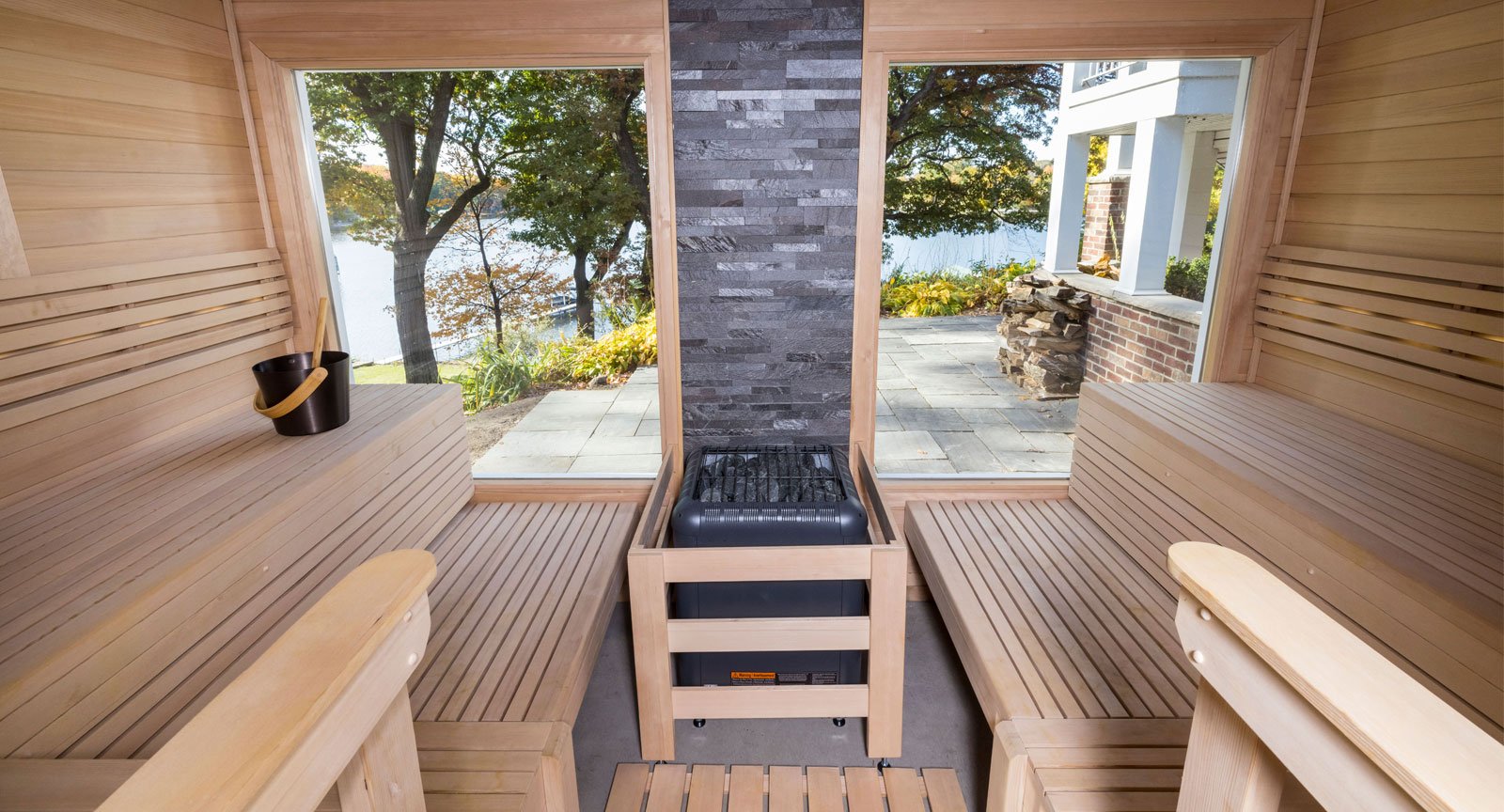The 25-Second Trick For Traditional Sauna
The 25-Second Trick For Traditional Sauna
Blog Article
Traditional Sauna for Dummies
Table of ContentsThe Only Guide for Traditional SaunaThe Traditional Sauna StatementsSome Known Factual Statements About Traditional Sauna Some Ideas on Traditional Sauna You Should Know5 Easy Facts About Traditional Sauna Described
A lot of the weight lost in a sauna is water loss and is re-gained upon rehydrating. Without an uncertainty sauna can be a vital component of a healthy and balanced weight loss program. To look at the differences in between traditional and IR saunas, I will certainly divide these right into proven, academic, and made distinctions.Hence, the best point in the saunawhich is at the ceiling directly above the sauna heateris generally in between 185 and 190 F. Claims that a standard sauna exceeds 200 F is simply not real and not suitable for electrical saunas offered in the US. The temperature for a far-infrared sauna is usually established in between 120 and 140 F; nonetheless, unlike the standard sauna, the goal in and IR room is not to achieve a high temperature level.
As a result of this, the temperature level difference is practically unimportant, since profuse sweating causes both sauna kinds, but the approach of warming the body is different. In an IR sauna the bather will really feel warm and will sweat profusely, but at much reduced temperature levels. Traditional Sauna. Hence, if the objective is to spend longer periods of time in the sauna, the IR sauna is a good choice

5 Easy Facts About Traditional Sauna Explained

When the high temperature level is attained, the aspects cycle on and off to maintain the heat. Traditional Sauna. Most typical sauna customers enjoy putting water over the rocks to produce heavy steam to raise sauna humidity levels. The benefits of pouring water over the rocks consist of: making the area extra comfy, dampening the nasal flows, and enabling the usage of aromatherapy by blending vital oils with the water
In a far-infrared sauna, the warm waves pass through the body to successfully warm the body and raise the body core temperature. To accomplish this raised temperature, Far-infrared emitters create infrared energy which is close to the exact same wavelength as that which the body normally emitsoften described as the "Essential Range" of 7 to 14 microns), so the energy is well obtained by the body.
When the energy goes into the body, it creates the body temperature level to increase and eventually results in sweat. In an infrared sauna it is necessary for the emitters/heaters to remain on nearly continuously. Since there is no mass of rocks to keep warm, the sauna will cool if the emitters shut down.
How Traditional Sauna can Save You Time, Stress, and Money.
As discussed above, the sauna bather in an infrared room wishes to place himself before operating emitters to obtain maximum gain from the warm. The heating time for the two areas can be very different, depending upon exactly how the rooms are used. For a standard sauna, a bather should allow 30-40 mins for the space to achieve a desired temperature level and to effectively pre-heat the rocks.
A well created sauna will usually achieve a temperature of 150-160 F in concerning 30-40 mins. For hotter temperatures, the space may require to warm for a longer duration.

Traditional saunas have a tendency to be larger (thus use more electrical power) than infrared saunas, although conventional saunas are certainly available in one and two individual dimensions also. For click for more info a two-person typical sauna, 5x6 or 5x7 size is most popular. The leading bench can easily seat two or 3 individuals and is also long sufficient to rest during the sauna session.
Traditional Sauna Things To Know Before You Buy
The ordinary cost per kWH of electricity in the united state is around $0.11 - Traditional Sauna, so a 4.5 kW heating unit will certainly cost approximately $.50 to run for one hour, if the heating system runs constantly for one hour. Generally a sauna heater will compete 75% of the first hour and 50% of succeeding hours on since the aspects cycle once the established temperature is accomplished
A two individual far-infrared area is typically literally smaller sized than a conventional sauna, usually about 4' x 4' or smaller sized. The IR heating unit is normally 1.5-1.7 kW using a 120 volt 15 amp plug-in service. Considering that the area can be used quicker than a sauna room, we will presume the space is used for to of an hour including warmth up time.
Ultimately, there is a seldom gone over distinction in the social experience in between both areas. While our culture has lost some of the social benefit of the conventional sauna experience, it can be extremely socially satisfying. From family members time in the sauna, to heart-felt discussions with better halves, to sauna partiesthe standard sauna experience can cause intimate mingling.
Traditional Sauna for Beginners
Most higher end infrared rooms consist of colored basics light treatment, sound systems and full-glass fronts.
Report this page